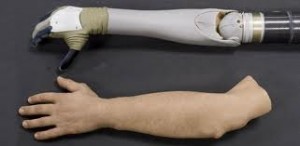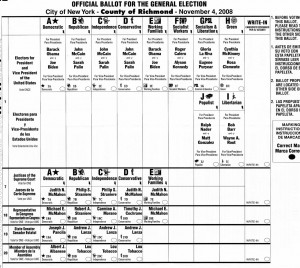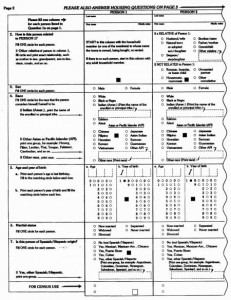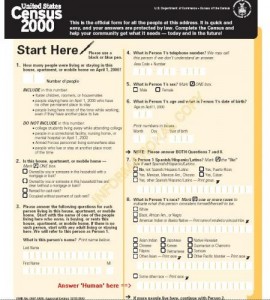
Last Thursday evening, November 11, the design community came together to share ideas over delicious hors d’œuvres and listen to several engaging speakers (Sylvia Harris and John Hockenberry, in particular) who gave informative talks that shared challenging insights about the purpose and value of what the design industry can do for the community–locally, nationally and globally.
John Hockenberry, a respected journalist and host of WNYC’s The Takeaway discussed the importance of usability within the design process of technology. He used some simple examples and a humorous anecdote or two. Our favorite example was that of the prosthetic limbs from the 1950s. In the 1950s, the technology for prosthetics was entirely helpful but more so in theory than in practice. In actuality, not only were prosthetics loudly unattractive, but they were cumbersome and awkward to use. Many people in need were more content to learn how to adapt with the loss of a limb rather than to attach a foreign one that only made getting dressed in the morning more difficult.

1901-1950 Prosthetic Arm
Today the opposite is true. Prosthetics of today are so functional (and attractive) for users that many people even have several pairs. Mr. Hockenberry mentioned one gentleman who had 12 pairs of legs, all serving a variety of functions from swimming to formal affairs.

Modern Prosthetic Arm
Sure prosthetics might only affect a small percentage of the population but the concept of developing technologies that are usable for the population remains the same. If only a small percentage of people used technology, the need for something to be usable would not be so important. However, in today’s world, technology is a part of almost every person’s daily life, directly or indirectly. From personal hand-held devices to public transportation to toasting bread, our need, interaction with and advancement of technology gives it a permanence in our lives that we must sustain. And 10 devices for every 1 that is successful is something neither we nor this world can sustain.
Sylvia Harris, an information design expert with over twenty-five years experience in the development of accessible public services, spoke of usability within visual marketing and government public faces to facilitate communication. In a world of people and government, a government must hear and understand its people and vice versa. Using a New York sample voting ballot from the past November 2 elections, attendees quickly saw and quickly voiced their frustrations with the voting process. A cluttered layout, confusing directions and text that even my healthy eyes could barely read, it was evident that voting, one of the most precious rights in this country, could not be exercised fully with this ballot.

2010 New York Sample Voting Ballot
Ms. Harris cited a past project of her team – redesigning the United States 2000 Census – as a positive example. The difference in design between the 1990 Census and 2000 Census is striking. With its clean layout and well-organized content, anyone could see why 2000 marked the first year of increased census participation after thirty years of steady decline.

1990 US Census Form

2010 US Census Form
So is usability important? For those of us in the field, that answer is certainly yes. But upon hearing the speakers at World Usability Day 2010, that yes has now become a YES! As Mr. Hockenberry said, we are in the business of controlling and mastering technology. We are authors of humanity’s ‘technological narrative.’ Through our work, we can improve the face of a government, make voices heard and even give someone a truly helping hand. Starting with usability on the home front leads to accessibility world-wide, and that’s something we can all gladly sustain.











